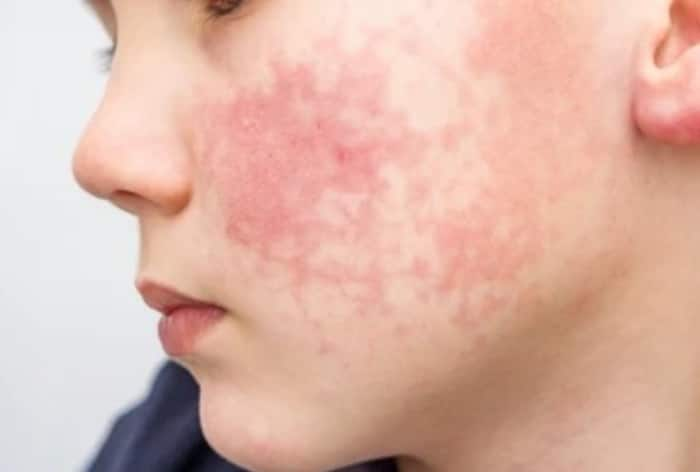The Centers for Disease Control and Prevention (CDC) has recently issued a health advisory due to a concerning rise in cases of parvovirus B19. This advisory highlights the need for awareness and preventive measures against this seasonal respiratory virus.
What is Parvovirus B19?
Parvovirus B19 is a highly contagious virus that spreads through respiratory droplets. It can be transmitted by individuals who are either symptomatic or asymptomatic. The virus is known for causing what is commonly referred to as “slapped-cheek disease.”
Characteristics of Parvovirus B19
- Common Name: Slapped-cheek disease
- Alternate Name: Fifth disease (historically listed as the fifth illness in a series of common childhood diseases that cause a rash)
- Mode of Transmission: Respiratory droplets, blood transfusions, and certain plasma derivatives
Transmission and Exposure
- Household Exposure: 50% of vulnerable individuals get infected
- School Exposure: 20-50% of students may contract the virus through close contact
- Blood Components: The virus can also spread through the transfusion of blood components and certain plasma derivatives
Symptoms and Signs
- In Children:
- Fever
- Upset stomach
- Runny nose
- Headache
- Distinctive facial rash (bright red, appearing on both cheeks)
- In Adults:
- Joint soreness, which can last for weeks
- Commonly affected areas include wrists, hands, knees, and ankles
- Adults usually do not experience the slapped-cheek rash
Multiple-Choice Questions (MCQs):
- What is another name for parvovirus B19?
- a) Chickenpox
- b) Fifth disease
- c) Measles
- d) Shingles
- How is parvovirus B19 primarily transmitted?
- a) Contaminated food
- b) Respiratory droplets
- c) Skin contact
- d) Animal bites
- Which symptom is commonly seen in children with parvovirus B19 infection?
- a) Joint soreness
- b) Bright red rash on cheeks
- c) Nausea and vomiting
- d) Persistent cough
- What symptom is more common in adults with parvovirus B19 infection?
- a) Slapped-cheek rash
- b) Fever
- c) Joint soreness
- d) Upset stomach
- Which of the following is a mode of transmission for parvovirus B19?
- a) Ingestion of contaminated water
- b) Respiratory droplets
- c) Direct skin contact
- d) Animal transmission
